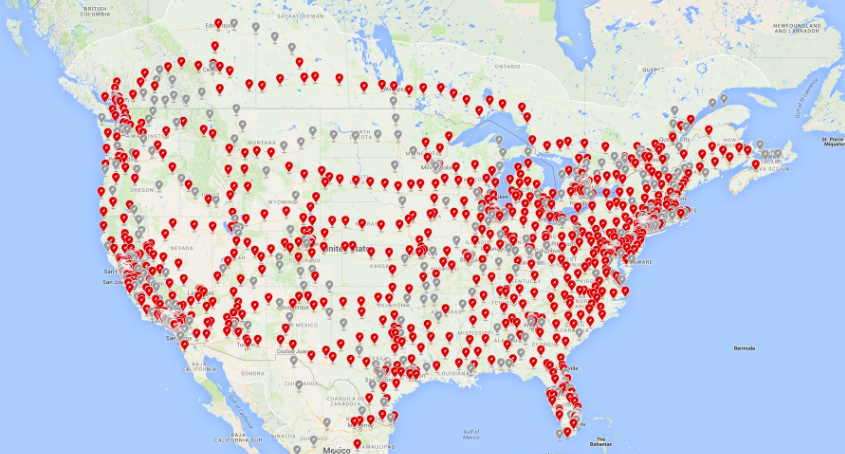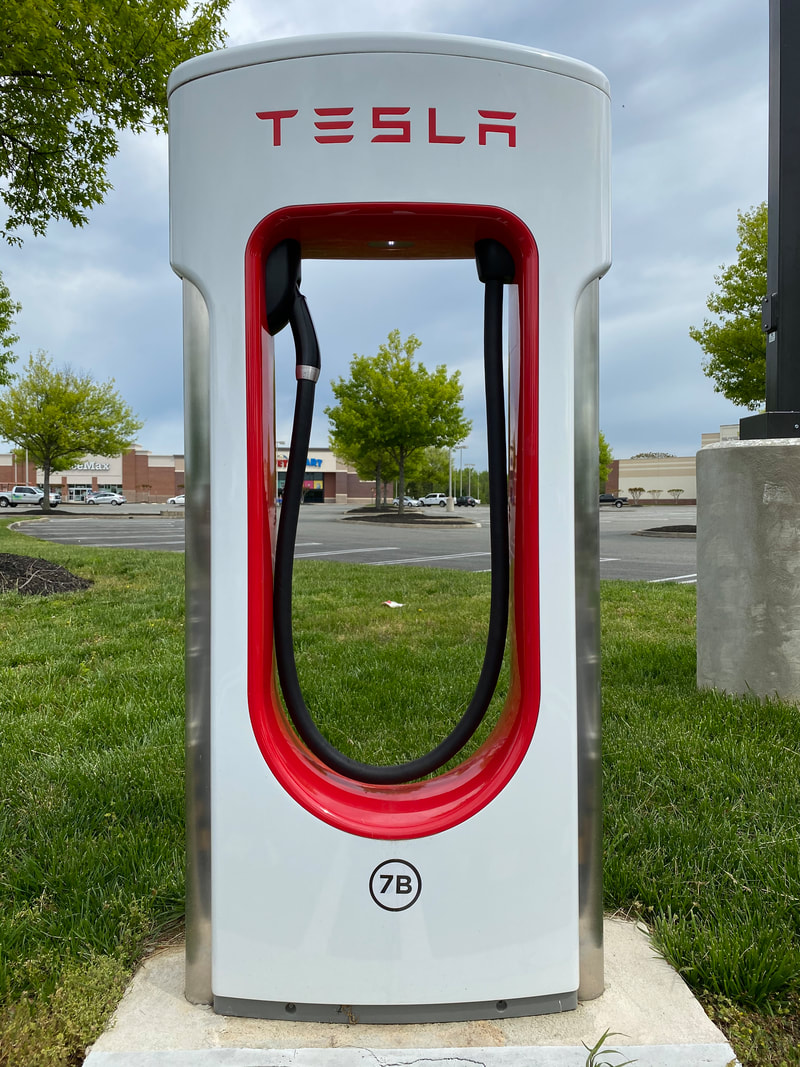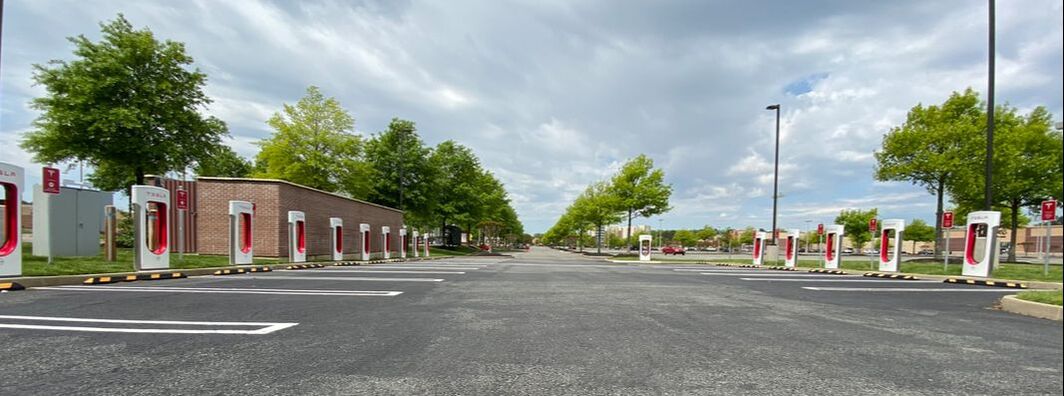|
By Zack Hurst The idea of vehicle charging is one of the biggest hurdles to EV adoption by people who are not familiar with electric vehicles. The lack of charging stations in obvious public view is something that we here at EV Resource have written about in the past, and yes, we acknowledge there are still some significant improvements that need to take place. Most auto manufacturers haven't taken it upon themselves to provide a solution to this dilemma. Other than EV charging companies like ChargePoint, EVgo, Electrify America, and others, only Tesla seems to be willing to build out the charging infrastructure (in the US anyway) needed to recharge the growing number of EVs on the road. The only significant downside? You have to have a Tesla in order to use Tesla’s Supercharger network. However, what is a challenge for non-Tesla EV owners becomes a significant advantage for buyers of Tesla’s vehicles.
Let’s compare with another popular EV, the Chevy Bolt. Aside from Tesla’s vehicles, the Chevy Bolt was the best selling EV in the US in 2019. And with a range of 238 miles (2019) or 259 miles (2020), it is also one of the longest range EVs you can buy which arguably would make it a better choice for longer trips. Or would it? Without going into the details about fast charging and how it works we will simplify the conversation and say that charging speeds depend on two things: how fast a charger can supply energy, and how fast a car can receive that energy. Hypothetically, let’s take a 1000 mile journey inside the US from anywhere to anywhere, two arbitrary points. Let’s also assume that we will travel at 60 mph and can find a fast charger whenever we would need it along the way (this isn’t always the case.) Now, let’s compare two vehicles, the Tesla Model 3, and the Chevy Bolt. Let’s look at the Chevy Bolt EV first: If you have a 2020 Chevy Bolt EV, you should theoretically be able to drive 259 miles between charging sessions. Taking this into account, let’s drive for four hours 19 minutes and stop to charge having traveled 259 miles into our journey. This isn’t the most realistic comparison, as you wouldn’t travel until the battery was dead, but stick with us. The Chevy Bolt has a 50-55kW max charging speed and according to energysage.com the 2019 model will recharge the battery in one hour 20 minutes. Keep in mind that actual charging times will vary depending on a lot of variables. We’re trying to keep this as simple as possible, so accuracy isn’t going to be our focus right now as we are only trying to illustrate the advantage of faster charging. After five hours and 39 minutes we continue with our journey. Traveling another 259 miles, we stop for another one hour 20 minutes. So far, we’re a bit more than halfway in our journey having traveled 518 miles. We’ve been on the road for 11 hours 18 minutes. Okay, so let’s drive another 259 miles and charge again. Now we have traveled 777 miles in 16 hours 56 minutes, but we only have 223 miles to go, so we won’t need to charge again! Fewer than four hours to our destination. Total trip time: 20 hours 40 minutes. The Tesla Model 3, on the other hand, has a maximum charging speed of 250kW on the latest version of the Superchargers, but let’s assume that we won’t have access to those on this journey. Let’s assume that we will have a maximum charging rate of only 100kW (twice as fast as the Bolt EV). Realistically, the Model 3 should reach 150kW on most of Tesla’s superchargers, but we’re trying to give every advantage we can to the Chevy Bolt. Why? Because, well, it won’t matter. The Model 3 Standard Range Plus has a range of 250 miles, and would do this same imaginary trip with 16 hours 40min of driving and only charging for a total of two hours making the total time 18 hours and 40 min, a two-hour advantage! Realistically, in the real world, there is a good chance the advantage would be even greater. And aside from that, those of us without Teslas will tell you that finding a fast charging station that you can guarantee will work is not always the case and often you’ll pay more for the electricity used than what Tesla charges for their Supercharger network. So, with that, we’ll wrap it up. Of the many advantages that Tesla has, the great advantages of the Supercharger network are: they’re reliable, inexpensive, fast, and found almost everywhere you’d need one to be, making your road trip a breeze. |
Details
Categories
All
Archives
June 2024
|
- Home
-
Learn.
-
EV 101
>
- EV Terminology
- What is an EV?
- Pros and Cons
- EV Types
- Are used EVs a good option?
- How much range do you really need?
- Real world range
- Types of charging and charging stations
- How Long Does It Take To Charge
- EV Charging Apps
- All about EV Batteries
- Regenerative Braking
- BEV System Components
- EV Maintenance
- EV Mythbusting >
- Podcast
- Newsletter
- Magazine
- Articles >
- Vehicle Reviews
- Alternative Fueling Station Locator
-
EV 101
>
- Connect.
- Experience.
- Deals
- Shop
- About Us




